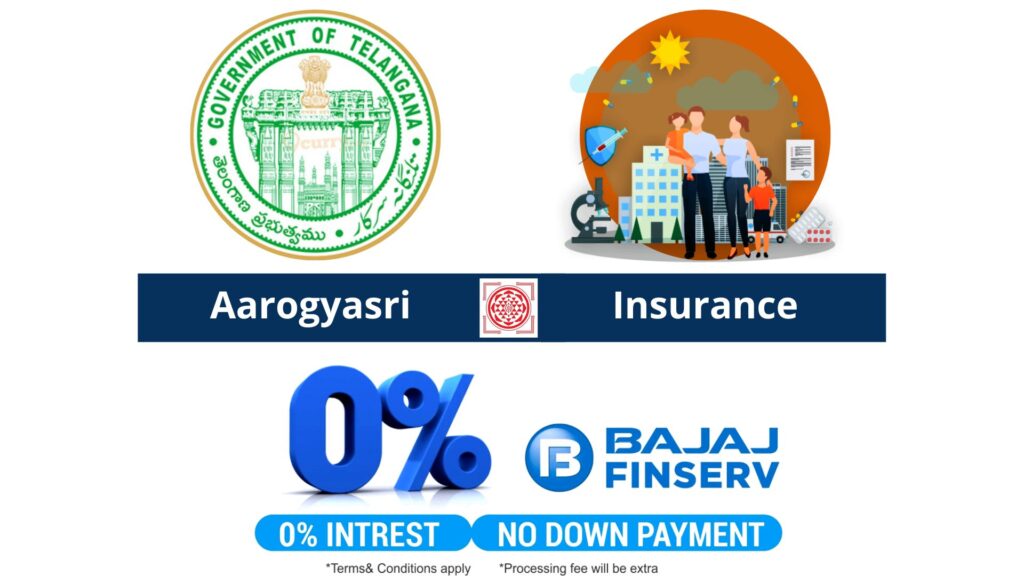
overview
- Cervical spondylosis is a general term for age-related wear and tear on the intervertebral discs in your neck. When the intervertebral discs dehydrate and shrink, signs of osteoarthritis develop, including bony protrusions along the edges of the bone (bone spurs).
- Cervical spondylosis is very common and gets worse with age. More than 85% of people over the age of 60 suffer from spondylosis of the cervix.
- Most people do not experience symptoms of these problems. When symptoms do occur, nonsurgical treatments are often effective. Spondylosis, cervical treatment in hyderabad
symptom
- For most people, cervical spondylosis does not cause symptoms. When symptoms do occur, they usually include pain and stiffness in the neck.
- Sometimes cervical spondylosis causes a narrowing of the space required by the spinal cord and nerve roots that run through the spine to the rest of your body. If the spinal cord or nerve roots are pinched, you may feel:
- Tingling, numbness, and weakness in your arms, hands, legs, or feet
Lack of coordination and difficulty walking
The reasons
- Cervical spondylosis
- Cervical Spondylosis Open the pop-up dialog box
- As you get older, the bones and cartilage that make up your spine and neck gradually wear down. These changes can include:
Dehydrated slices. The intervertebral discs act as a cushion between the vertebrae in your spine. By the age of 40, most people’s intervertebral discs begin to dry out and shrink, allowing for greater bone-to-bone contact between the vertebrae.
Disc prolapse. Age also affects the outside of your intervertebral discs. Cracks often appear, leading to bulging intervertebral discs (hernias) that can sometimes press on the spinal cord and nerve roots. Spondylosis, cervical treatment in hyderabad
Risk factors
Risk factors for cervical spondylosis include:
- Age. Cervical spondylosis is part of normal aging.
- Occupation. Work that requires repetitive neck movements, awkward positioning, or a lot of overhead work puts additional strain on your neck.
- Neck injuries. Previous neck injuries seem to increase the risk of cervical spondylosis.
- Genetic factors. Some people in some families will experience more of these changes over time, and some will not.
Complications
If your spinal cord or nerve roots are severely compressed as a result of cervical spondylosis, the damage can be permanent.

